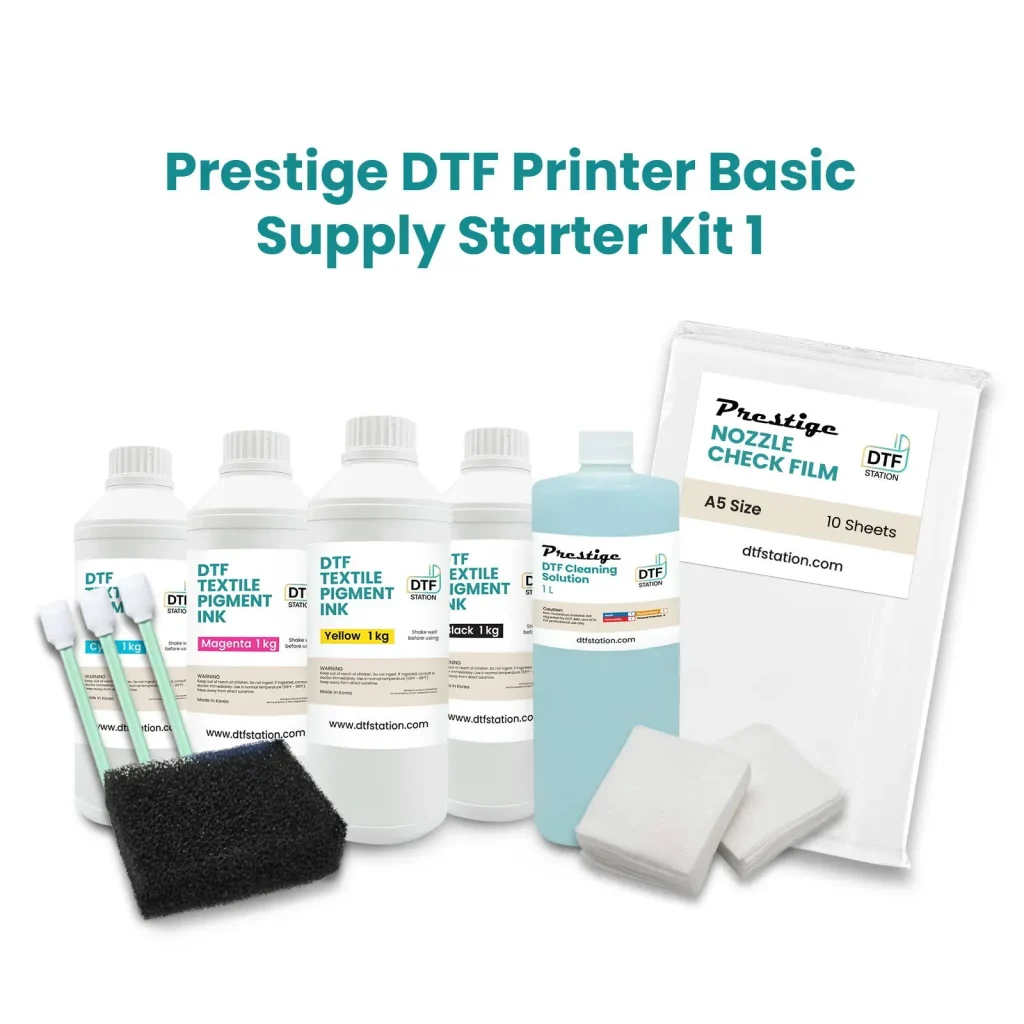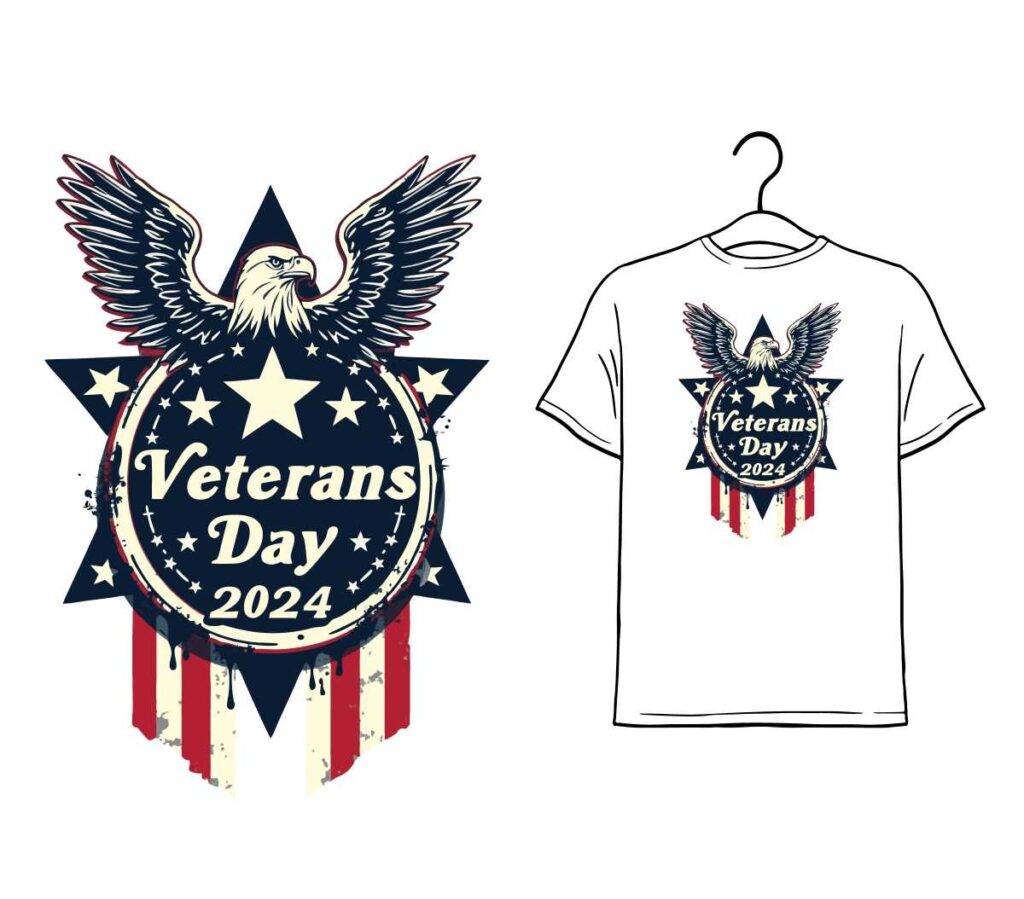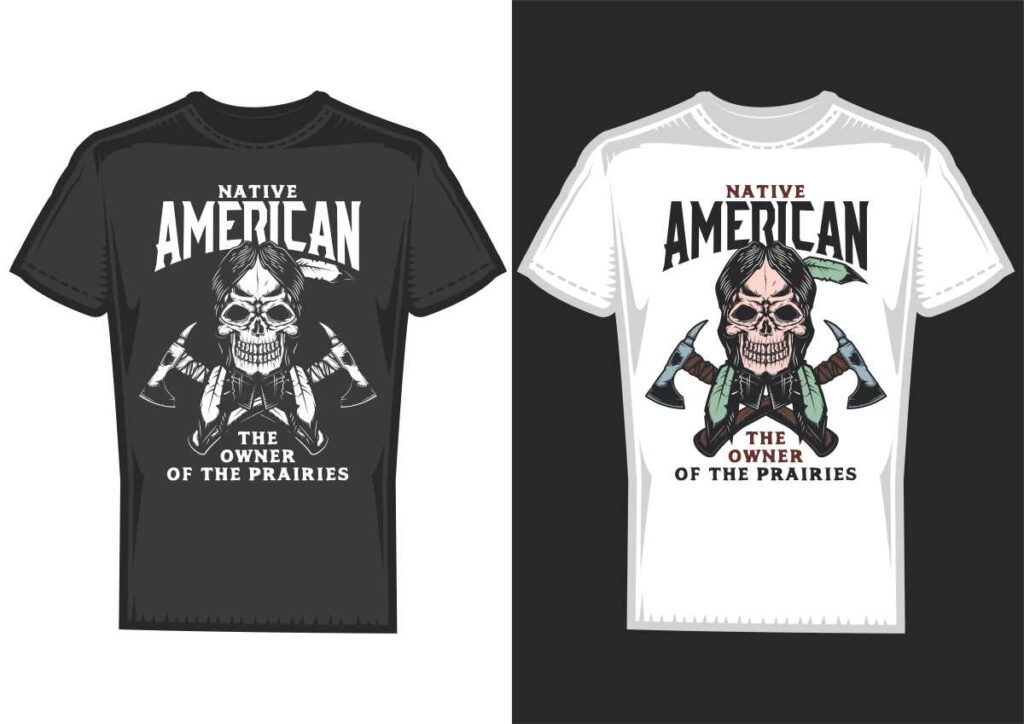DTF Supplies are essential for anyone looking to dive into the dynamic world of Direct to Film (DTF) printing, a method that has revolutionized custom apparel printing. With the right DTF printing essentials at your disposal, including a reliable DTF printer, high-quality heat transfer film, and specially formulated DTF inks, you can create stunning, vibrant designs that stand out. In addition, using adhesive powder is crucial for ensuring that your prints adhere seamlessly to various fabrics. This guide will provide you with an overview of everything you need to successfully embark on your DTF printing journey, from the necessary equipment to expert tips. As you explore the depths of DTF Supplies, you’ll discover how this innovative printing technique can elevate your creative projects.
Direct to Film printing, often referred to as DTF printing, utilizes a unique approach to transfer designs onto textiles, making it a favorite among graphic designers and hobbyists alike. To begin your journey in this fascinating field, understanding the core components like the DTF printer, specialized heat transfer films, and DTF inks will play a pivotal role in your success. Additionally, adhesive powders serve as a key ingredient, ensuring that your prints stick perfectly to the fabric, resulting in high-quality finished products. Whether you are new to the craft or looking to refine your skills, this guide provides valuable insights into these necessary DTF supplies and more. By mastering these essentials, you will be well on your way to producing eye-catching apparel that showcases your creativity.
Understanding DTF Printing Essentials
Direct to Film (DTF) printing represents a significant advancement in the custom apparel manufacturing sector. This innovative printing technology allows artists and entrepreneurs to bring their creative visions to life with remarkable precision. By utilizing specialized DTF printers, which are specifically built to handle heat transfer film and DTF inks, users can print high-quality designs that are both vibrant and durable. This method is particularly effective on a diverse range of fabrics, from cotton to polyester, making it favored for custom apparel.
The beauty of DTF printing lies in its ability to accommodate intricate designs that maintain their quality even after multiple washes. It is essential to familiarize oneself with the DTF printing essentials, such as selecting the right printer and ensuring the compatibility of inks and films. Understanding these factors contributes to producing remarkable prints that not only look beautiful but also stand the test of time.
Key Components of DTF Supplies
To execute successful DTF printing, several core components must be gathered. Central to the operation is a high-quality DTF printer, designed to deliver consistent results with minimal technical difficulties. Alongside the printer, the choice of heat transfer film is paramount, as it carries the ink and influences the transfer’s final appearance. Quality films enhance the vibrancy of prints and contribute to their longevity, so researching available options based on user reviews and product performance can lead to superior results.
Another vital component is the DTF inks, specifically formulated to produce rich colors and a smooth finish. It is advisable to select inks that are designed to work harmoniously with the chosen printer and film. Additionally, adhesive powder is a critical element that ensures the design adheres to the fabric effectively. When preparing the printed film, applying this powder at the right moment is essential to ensure a solid bond during the heat transfer process.
Moreover, investing in appropriate curing equipment, whether a curing oven or a quality heat press machine, is necessary to finalize the transfer process. The care taken in selecting these components significantly influences the overall quality of the prints, making it essential to prioritize high-end supplies.
Importance of High-Quality DTF Inks and Films
High-quality DTF inks and transfer films are fundamental to achieving outstanding results in DTF printing. The inks must possess consistent colors and excellent washability to ensure that the final product meets customer expectations. DTF inks are typically available in the traditional CMYK configuration, but some suppliers offer expanded color ranges to cater to unique project needs. Properly selected inks can significantly impact the brightness and vibrancy of the final prints.
Equally, the quality of the heat transfer film plays a vital role in the overall outcome. Inferior films can lead to designs that fade or crack over time, adversely affecting the product’s quality and longevity. Therefore, investing in reliable and well-reviewed film options is crucial for anyone setting up a DTF printing business. This attention to detail ensures that the printed designs maintain their integrity through wear and washing, providing value to the end consumer.
The Role of Adhesive Powder in DTF Printing
Adhesive powder is a critical step in the DTF printing process, acting as the binder between the printed design and the fabric. Once the design is printed onto the heat transfer film, it must immediately be covered with adhesive powder while the ink remains wet. This direct application helps ensure optimal adhesion, which is vital for a successful transfer. The choice of adhesive is also important; different powders vary in temperature resistance and bonding strength, impacting the durability of the final print.
Understanding the correct method to apply adhesive powder also contributes to achieving professional results. An even sprinkle of powder ensures that every area of the design is adequately covered, leading to a uniform transfer upon heat press application. After the powder is applied, the curing process is vital as it activates the adhesive, solidifying its bond with both the film and the fabric. Mastering the use of adhesive powder elevates the overall quality of DTF printed items.
Optimal Settings for Heat Press Machines
When it comes to transferring DTF prints to fabric, the settings on the heat press machine play a crucial role in determining the success of the transfer. Each fabric type and DTF film combination may require different temperature and pressure settings to achieve optimal adhesion. It’s essential to consult the guidelines provided by the film manufacturer regarding ideal heat press settings, as applying incorrect temperatures can lead to poor transfers or damage to the fabric.
Using a high-quality heat press machine also adds value to the DTF printing process. These machines deliver consistent pressure and temperature across the entire surface, ensuring that every print transfers evenly. Features like adjustable temperature and pressure controls allow for customization based on specific projects, maximizing print quality. A well-set heat press guarantees that the final product will exhibit vibrant designs that last, making the choice of equipment equally as important as the quality of materials used.
Exploring DTF Printing Community and Resources
As beginners venture into the world of DTF printing, connecting with community resources can greatly enhance their learning curve. Engaging with online forums and social media groups dedicated to DTF printing offers a wealth of knowledge, offering insights from experienced professionals and fellow learners alike. By sharing experiences, techniques, and troubleshooting tips, community members can accelerate their understanding of best practices and industry trends.
Moreover, online tutorials, blogs, and instructional videos are invaluable resources that allow aspiring DTF printers to enhance their skills. These resources often cover everything from the basics of printer setup to advanced design techniques, helping users continuously improve their craft. The DTF printing community is rich with collective expertise, enabling members to share valuable tips and resources that can spur creative ideas and foster growth in this exciting field of custom apparel.
Frequently Asked Questions
What essential DTF supplies do I need to start DTF printing?
To begin your DTF printing journey, you will need a DTF printer, heat transfer film, DTF inks, adhesive powder, a curing oven or heat press, graphic design software, protective gear, and test fabrics. Each of these supplies plays a crucial role in achieving high-quality, vibrant prints on various fabrics.
How does a DTF printer differ from a regular printer?
A DTF printer is specifically designed to print on heat transfer film using specialized DTF inks. Unlike regular printers, DTF printers can handle the unique requirements of DTF printing, including layering ink for vibrant colors and applying adhesive powder to ensure strong adherence to fabrics.
What type of heat transfer film should I use for DTF printing?
When selecting heat transfer film for DTF printing, it’s essential to choose high-quality film that is compatible with your DTF printer and inks. Look for brands known for excellent vibrancy and durability, as the right film can significantly impact the final quality of your printed designs.
What role does adhesive powder play in the DTF printing process?
Adhesive powder is crucial in DTF printing as it ensures that the printed design adheres firmly to the fabric. After printing your design on the heat transfer film, you must sprinkle the adhesive powder on the wet ink. This must be cured before transferring the design to the fabric for lasting results.
Can I use any inks in my DTF printer?
No, it’s essential to use DTF inks that are specifically formulated for DTF printing. These inks typically come in a CMYK configuration and are designed for compatibility with DTF printers. Using the wrong type of ink can lead to poor print quality and issues with adhesion.
What are some tips for troubleshooting common DTF printing issues?
Common DTF printing issues can often be resolved by checking the compatibility of your DTF inks and transfer film, ensuring the curing process is properly executed, and adjusting your heat press settings. Additionally, regularly cleaning your DTF printer and using test fabrics can help identify problems and improve print quality.
| DTF Printing Supplies | Description |
|---|---|
| DTF Printer | A specialized printer for direct to film printing, using unique inks. |
| Heat Transfer Film | Film surface for printing; quality affects vibrancy and durability. |
| DTF Inks | Inks formulated for DTF printing; typically in CMYK. |
| Adhesive Powder | Powder used to ensure design adheres to fabric. |
| Curing Oven/Heat Press | Cures adhesive after printing to prepare for transfer. |
| Heat Press Machine | Applies heat and pressure to transfer the design to fabric. |
| Design Software | Programs like Illustrator to create and prepare designs. |
| Protective Gear | Necessary protection when working with inks and powders. |
| Test Fabrics | Fabric types for testing the DTF process. |
Summary
DTF Supplies are essential for anyone looking to venture into the exciting world of custom apparel printing. This guide has outlined the key components you need, from DTF printers and heat transfer films to the special inks and adhesive powders necessary for successful transfers. By investing in high-quality supplies and maintaining an awareness of evolving techniques and community insights, you can greatly enhance your DTF printing outcomes. Engaging with this creative process opens up numerous opportunities for personal expression in design, making your creations stand out in a competitive market.



